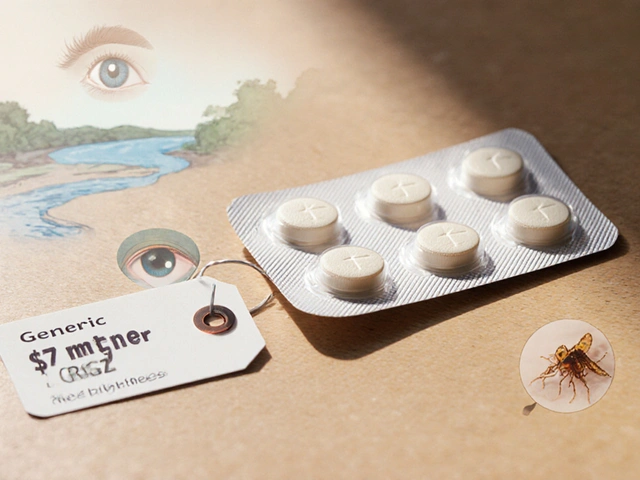Side Effects – Spotting & Managing Them
Did you ever take a medicine and feel something weird afterward? That’s a side effect, and it’s more common than you think. Understanding why it happens and what to do about it can keep you safe and comfortable. Below you’ll find a quick rundown of the basics and some real‑world examples from our guides.
Why Side Effects Occur
Every drug interacts with your body’s chemistry. While the main goal is to treat a condition, the same pathways can affect other systems. For instance, promethazine blocks certain receptors to calm nausea, but it can also make you drowsy or dry‑mouth. Noroxin (norfloxacin) attacks bacteria, yet it sometimes irritates the gut or joints. Even cancer medicines like cyclophosphamide target rapidly dividing cells, which includes your blood‑making cells, leading to anemia or low white‑blood‑cell counts.
The risk level depends on dose, how long you take the drug, your age, and other meds you might be using. Genetics play a role, too—some people metabolize drugs faster or slower, which changes the side‑effect profile. Knowing the most common reactions for each medication helps you catch problems early.
Quick Tips to Handle Common Side Effects
1. Read the label. The first place to find side‑effect info is the medication guide or our detailed articles. Our promethazine guide lists major warnings like severe drowsiness and breath‑holding episodes.
2. Track symptoms. Keep a simple notebook or phone note of any new feelings—headaches, stomach upset, skin rash. When you talk to your doctor, you’ll have clear evidence.
3. Stay hydrated and eat wisely. Some side effects, like nausea from promethazine or gut irritation from Noroxin, ease with a light diet and plenty of water.
4. Know when to call a professional. If you notice trouble breathing, swelling, or a fever over 101°F after starting cyclophosphamide, seek help right away. Those can be signs of serious reactions.
5. Ask about safer alternatives. Our Noroxin article points to newer antibiotics with fewer fluoroquinolone‑related risks. Similarly, if bepotastine makes you too sleepy, a different antihistamine might work better for your allergies and sleep.
6. Use over‑the‑counter helpers wisely. An antacid can soothe stomach upset, but check with your pharmacist because some OTC meds interact with prescription drugs.
Remember, side effects are not a sign that the medicine is “bad”—they’re a signal from your body. By staying informed, you can work with your health team to tweak doses, switch drugs, or add supportive measures.
Need more details on a specific medication? Browse our side‑effect tag for articles on promethazine, Noroxin, cyclophosphamide, bepotastine, and many others. Each guide breaks down the big warnings, everyday symptoms, and steps you can take right now.
Bottom line: keep an eye on how you feel, compare it with the known side‑effect list, and don’t hesitate to reach out to a clinician. With a little vigilance, you can enjoy the benefits of your treatment while minimizing the unwanted surprises.

Medexil: What It Is, Uses, Safety Tips, and How to Verify the Right Medicine (2025 Guide)
Confused about Medexil? Learn what it likely means, how to confirm the exact drug, key safety rules, side effects, and 2025 steps to avoid counterfeits.




